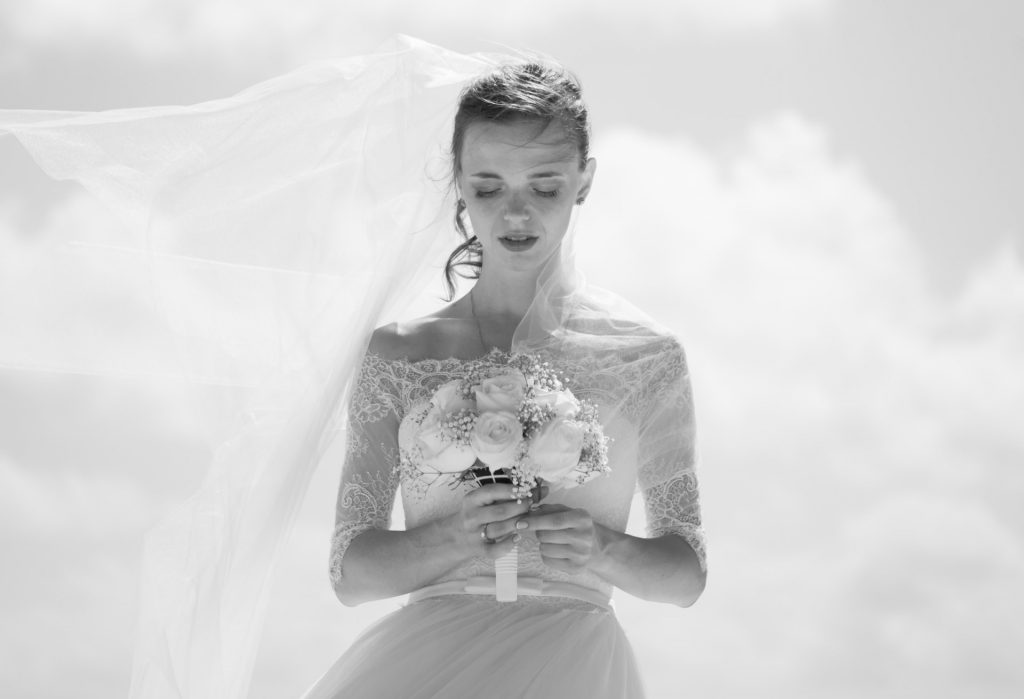The first thing you think when you picture a bride making her way down the aisle is “here comes the bride, all dressed in white”, right? It is probably the most popular wedding processional song out there. But did you know it wasn’t actually meant to be a wedding song, and in fact there has been lots of opposition to its use?
The song was not written with the intention of it being a wedding song. “Here Comes The Bride comes from Richard Wagner’s 1860 opera called Lohengrin. At the beginning of Act Three, the song appears. In the opera, it is sung as members of a wedding party escort the bride and groom to their bridal chambers. The story ends in tragedy, however, as the bride dies of grief after the groom is forced to leave her. Strange that a song with this history would become attached to weddings forever, right?
“Here comes the Bride”, also known as the “Bridal Chorus“, is commonly believed to have first been heard at Princess Victoria Adelaide Mary Louise’s wedding, 162 years ago, according to Time. The princess, who was Queen Victoria’s oldest child married Frederick William IV of Prussia on Jan. 25, 1858, in the Chapel Royal at St. James’ Palace.
While the tune is still popular at weddings today, although slightly less common than it used to be, there has been quite a bit of controversy surrounding it.
Some members of the Roman Catholic Church, and more conservative-leaning denominations frown on the use of “Here comes the Bride” for a few reasons including: the fact that it comes from a secular body of work, the original context of the song was not that of a wedding professional, and that Wagnerian operas tend to incorporate “pagan” elements.
In addition, the composer of the song is known for his anti-Semitic views. The Jewish Virtual Library details the controversy around Wagner, and why the bridal chorus is often not used in Jewish weddings. They include the fact that Wagner was of the opinion that people of the Jewish faith lacked the ability for elegant and sophisticated musical expression.
Many are unaware of the unsavoury history of the song. It is true that many things get trivialised as time passes. However, it is always good to know the background of something before going with it.
If the Bridal Chorus feels uncomfortable now, there is always the Wedding March, which is also believed to have first been heard at Princess Victoria Adelaide Mary Louise’s wedding. The song was also not intended for weddings, but rather was the product of composer Felix Mendelssohn’s hard work for an 1842 production of Shakespeare’s A Midsummer Night’s Dream, according to Time.
In fact, these days most couples opt for popular songs on the circuit or songs which mean something special to them and are significant in their relationship.
Picture: Unsplash




















